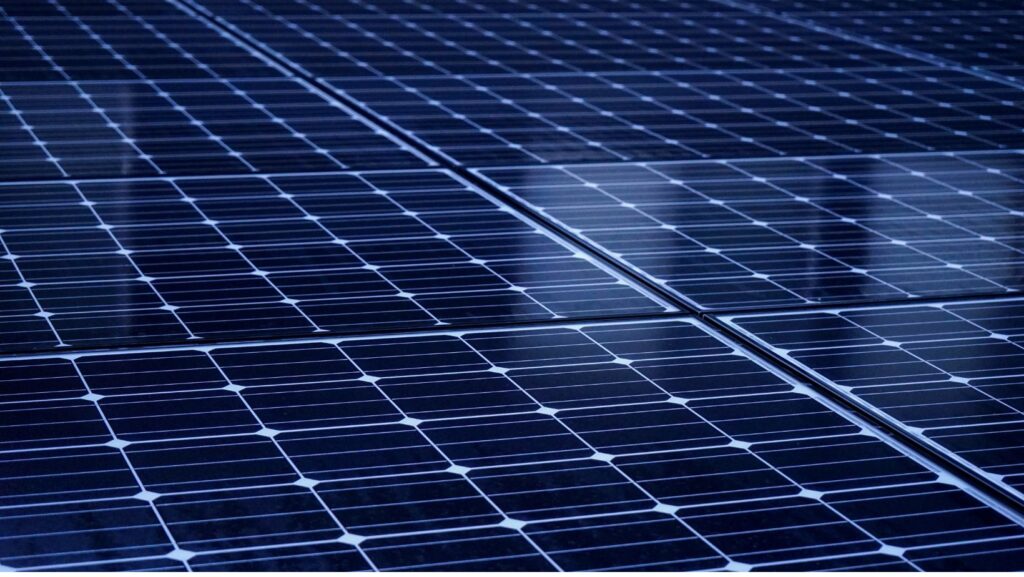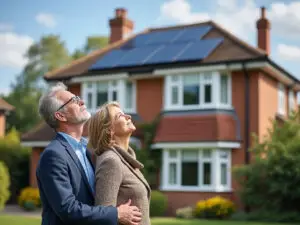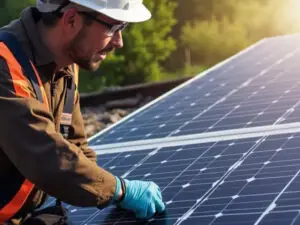
Solar energy is rapidly becoming a popular choice for UK homeowners looking to reduce their energy bills and contribute to a sustainable future. But how exactly do solar panels work? In this beginner’s guide, we’ll break down the process of how solar panels convert sunlight into electricity to power your home.
1. The Basics of Solar Energy
At its core, solar energy is about capturing sunlight and converting it into electricity. This process begins with solar panels, which are typically installed on your roof. These panels are made up of many smaller units called photovoltaic (PV) cells. “Photovoltaic” essentially means they convert light (photo) into electricity (voltaic).
2. How Photovoltaic Cells Generate Electricity
Photovoltaic cells are the heart of solar panels. Each PV cell is made from a semiconductor material, usually silicon, which absorbs sunlight. When sunlight hits the PV cells, it knocks electrons loose from the atoms within the semiconductor. This movement of electrons generates an electric current, which is then captured and directed for use as electricity.
3. From Direct Current (DC) to Alternating Current (AC)
The electricity generated by solar panels is in the form of direct current (DC). However, the electricity used in your home is alternating current (AC). To convert DC into AC, your solar panel system includes a device called an inverter. The inverter ensures that the electricity produced by your panels can be safely used to power your home’s appliances and devices.
4. Grid-Tied Systems and Net Metering
In the UK, most solar panel systems are grid-tied, meaning they are connected to the national grid. This setup allows you to use electricity from the grid when your panels aren’t producing enough power (like at night), and send excess electricity back to the grid when your panels produce more than you need. The Smart Export Guarantee (SEG) scheme allows you to earn money for the surplus electricity you export to the grid, adding a financial incentive to go solar.
5. Battery Storage Options
For those looking to maximise their solar energy usage, battery storage systems are an option. These batteries store excess electricity generated during the day so you can use it later, such as during the evening. This reduces your reliance on the grid and can further lower your energy bills.
Conclusion
Understanding how solar panels work is the first step in appreciating the benefits they can bring to your home. By converting sunlight into electricity, solar panels offer a clean, renewable source of energy that can significantly reduce your carbon footprint and save you money. With the added benefits of grid connection and potential battery storage, solar panels are a smart, future-proof investment for any UK homeowner. Whether you’re looking to cut costs or contribute to a greener planet, solar energy is a powerful solution.





